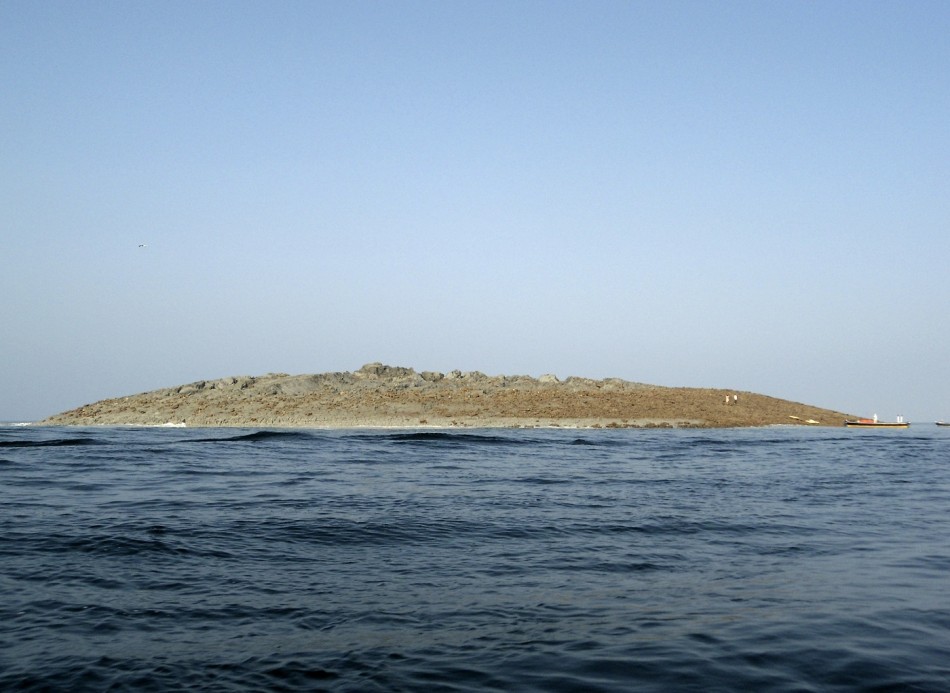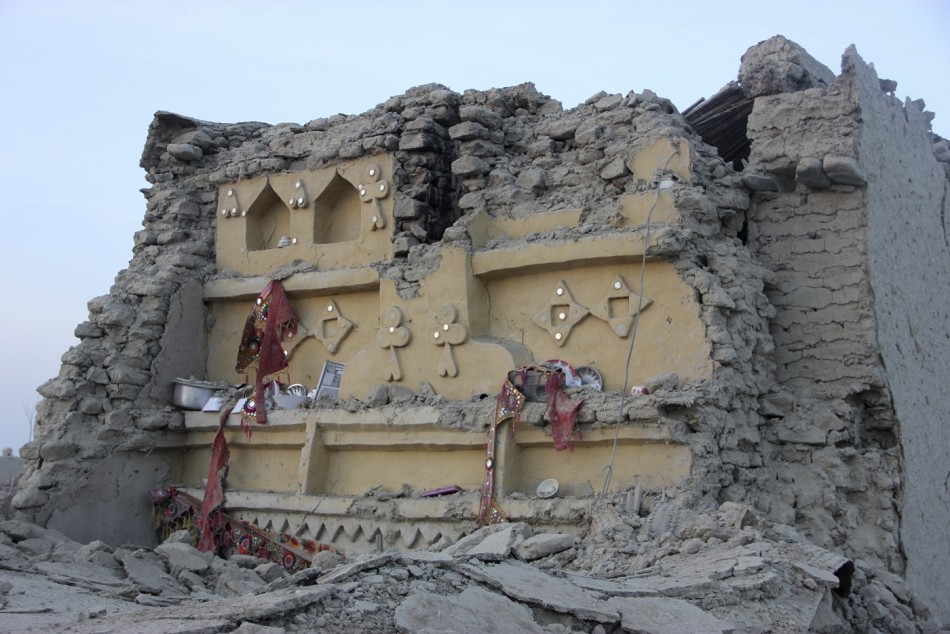Pakistan Earthquake: Death Toll Hits 265 and New Island Emerges in Arabian Sea [FIRST PHOTOS]
Geologists warn port town residents not to explore new land mass because of deadly gases
The death toll from a massive earthquake that struck southwestern Pakistan was still mounting as the first photographs of a new island created by the quake emerged.
The magnitude 7.7 quake that hit Baluchistan, Pakistan's largest but least populated province, killed at least 265 people, regional government spokesman Jan Mohammad Bulaidi said.
The epicentre was in a remote area 50km (30 miles) north of Awaran city, where many people live in mud-brick homes rather than concrete buildings.
Most of the victims died as their houses collapsed. The tremor levelled wide swathes of the quake zone and rescuers were struggling to help the thousands of people injured and left homeless.
"We need more tents, more medicine and more food," said Bulaidi.
The quake was felt in other Pakistani cities, including Karachi, Quetta, Jacobabad, Khairpur, and Nowshero Feroz and also in New Delhi, the Indian capital, 1,000km away.
Meanwhile a Pakistani Navy team reached a rocky island that emerged from the sea 600 metres off the coastline of the port town of Gwadar on the Arabian Sea.
Navy geologist Mohammed Danish said that the stretch of land was 18 metres (60ft) high, 30 metres long and 76 metres wide.
"There are stones and mud," Danish told country's Geo Television. He warned people against visiting the island because toxic fumes and gases were still being emitted from the rock formation.
The head of the Geological Survey of Pakistan, Zahid Rafi, explained that such masses are usually created by outbrakes of gases locked beneath the sea floor.
"When such a strong earthquake builds pressure, there is the likelihood of such islands emerging," he said. "That big shock beneath the earth causes a lot of disturbance."
The island emerged in a stretch of sea where waters are quite shallow.







© Copyright IBTimes 2025. All rights reserved.




















